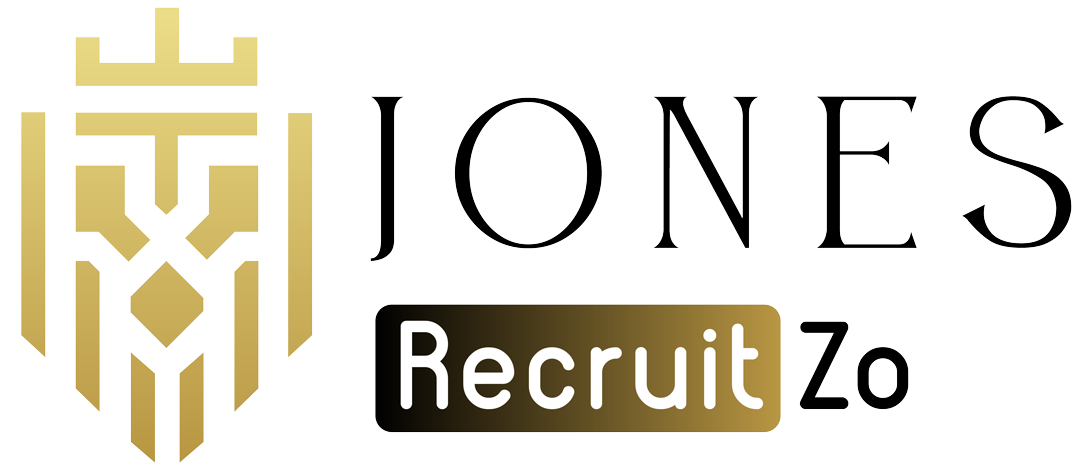What is HR strategy?
An HR strategy is a comprehensive plan that aligns human resource practices with the broader business goals of an organisation. It acts as a guiding framework to attract, develop, retain, and optimise the workforce, ensuring that human capital contributes directly to achieving organisational objectives.
This strategy integrates different aspects of HR functions, such as recruitment, training, performance management, and employee engagement, into one outlook. For example, a technology company that wishes to be a market leader in innovation may develop an HR strategy that focuses on recruiting creative talent, facilitates continuous learning, and rewards a culture of out-of-the-box thinking.
By connecting HR initiatives with business priorities, organisations not only streamline their workforce efforts but also build a foundation for long-term growth and sustainability.
Why is human resource strategy important?

The importance of a well-designed HR strategy cannot be overstated, as it directly impacts an organisation’s efficiency, culture, and ability to meet goals. Here are some key reasons why HR strategies are crucial:
-
Alignment with business goals
HR strategies ensure that all human resource activities, from hiring to training, are closely tied to the organisation’s goals. For example, a start-up focused on rapid expansion may prioritise hiring specialists and creating a scalable workforce structure. This alignment enables companies to allocate resources effectively, minimising redundancies while enhancing productivity.
-
Talent acquisition and retention
In a competitive job market, it is important to attract and retain the best. A strong HR strategy will enable employers to design attractive compensation packages, growth opportunities, and supportive environments that can make them stand out. For example, offering flexible work arrangements or robust career progression plans can significantly reduce turnover rates.
-
Performance management
An effective HR strategy includes systems for monitoring and improving employee performance. By defining clear roles, setting measurable goals, and establishing constructive feedback mechanisms, companies can ensure their workforce operates at peak efficiency. Over time, this leads to enhanced productivity and a motivated workforce.
-
Cost optimization
HR strategies help organisations manage workforce-related costs without compromising on quality. By forecasting staffing needs, investing in employee training, and addressing skill gaps, businesses can avoid unnecessary expenses, such as high turnover or inefficient processes.
-
Positive work culture
A strategic HR plan fosters a cohesive and inclusive work environment, where employees feel valued and motivated. For example, recognising employee achievements and promoting diversity can boost employee morale and improve collaboration, creating a workplace where people thrive.
7 steps to creating an HR strategy

Crafting an effective HR strategy requires a methodical approach. Follow these seven steps to build a plan that aligns with your business goals and workforce needs:
Step 1- Understand the Business Goals
The first step in developing an HR strategy is to understand the overarching goals of the organisation. This means analysing short-term priorities, such as launching new products, and long-term visions, like market expansion. Knowing where the organisation wants to go helps HR tailor its strategies to support these objectives.
Step 2 – Conduct a Workforce Analysis
Evaluate the current workforce to identify strengths, weaknesses, and gaps. Use metrics such as turnover rates, skill proficiency, and employee demographics to assess how well the workforce aligns with organisational needs. For example, if a company plans to expand into digital services, identifying gaps in technical expertise becomes a priority.
Step 3 – Define HR Objectives
Once the workforce analysis is complete, set specific HR objectives that address identified challenges. For example, objectives might include reducing turnover by 15%, implementing a leadership development program, or improving diversity hiring practices. Clearly defined objectives create a roadmap for HR actions.
Step 4 – Develop HR Policies and Processes
Design policies and processes that support your HR objectives. For example, introduce structured onboarding programs to enhance new hire integration or create performance appraisal systems to align individual goals with organisational priorities. These policies ensure consistency and fairness across all HR functions.
Step 5 – Implement Talent Management Programs
A core element of any HR strategy is talent management. Develop programs to attract, develop, and retain top performers. Examples include offering mentorship opportunities, creating skill development workshops, and providing competitive career advancement paths. Such programs ensure that your workforce remains engaged and future-ready.
Step 6 – Leverage Technology and Analytics
Modern HR strategies are increasingly deploying tools like HR management systems (HRMS) and analytics platforms to streamline operations and make data-driven decisions. For example, predictive analytics can identify at-risk employees who perform well and are likely to jump ship, allowing HR to be proactive in retaining them.
Step 7 – Monitor and Adjust
HR strategies must be adaptable to changing business needs and market conditions. Regularly evaluate their impact using key performance indicators (KPIs) such as employee engagement scores, turnover rates, and productivity levels. Use this feedback to refine the strategy and maintain its effectiveness over time.
FAQs
1) What is HR strategy?
HR strategy is a plan that aligns an organisation’s human resource practices with its business goals. It ensures that HR functions, such as hiring, training, and employee engagement, contribute directly to achieving organisational success.
2) What are the steps in formulating an HR strategy?
Creating an HR strategy involves seven steps: understanding business goals, conducting workforce analysis, defining HR objectives, developing policies, implementing talent management programs, leveraging technology, and monitoring progress.
3) What are some examples of HR strategies?
Examples include creating leadership development programs, implementing flexible work policies, designing comprehensive onboarding processes, and leveraging data analytics for workforce planning.
4) Why is HR strategy important?
An HR strategy is crucial for aligning HR practices with organisational goals, attracting and retaining talent, optimising costs, and fostering a positive workplace culture.







